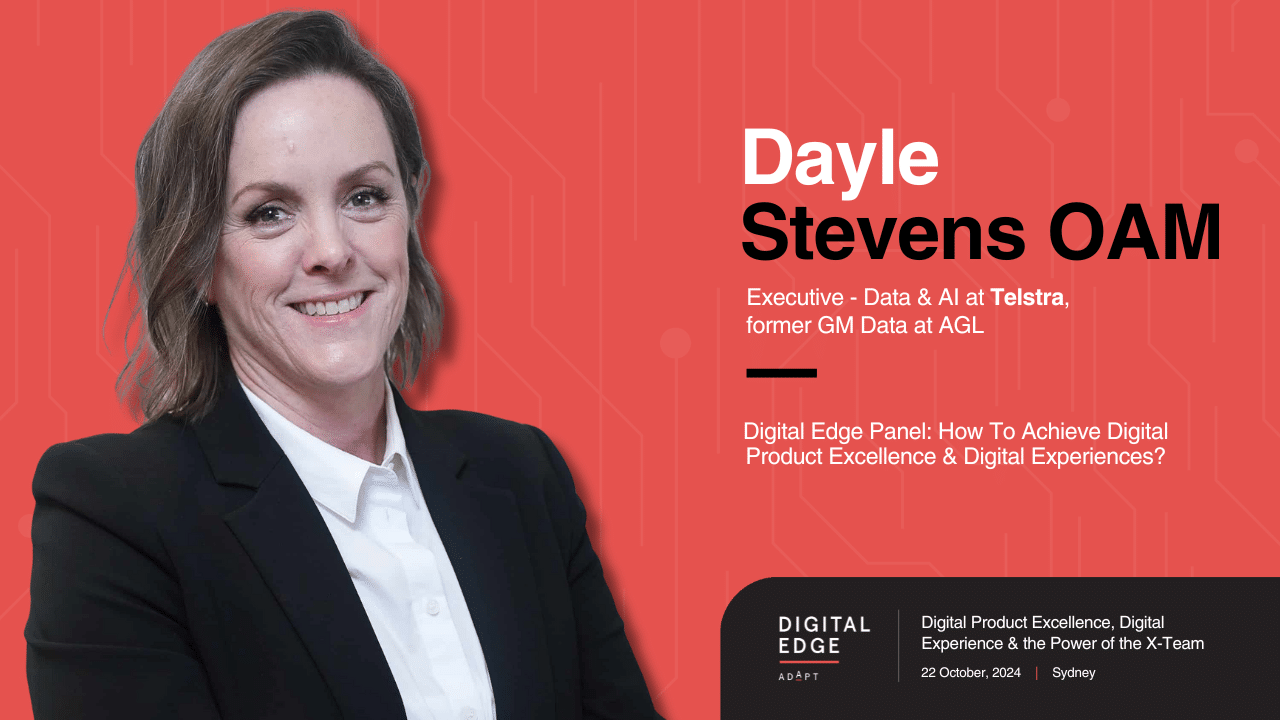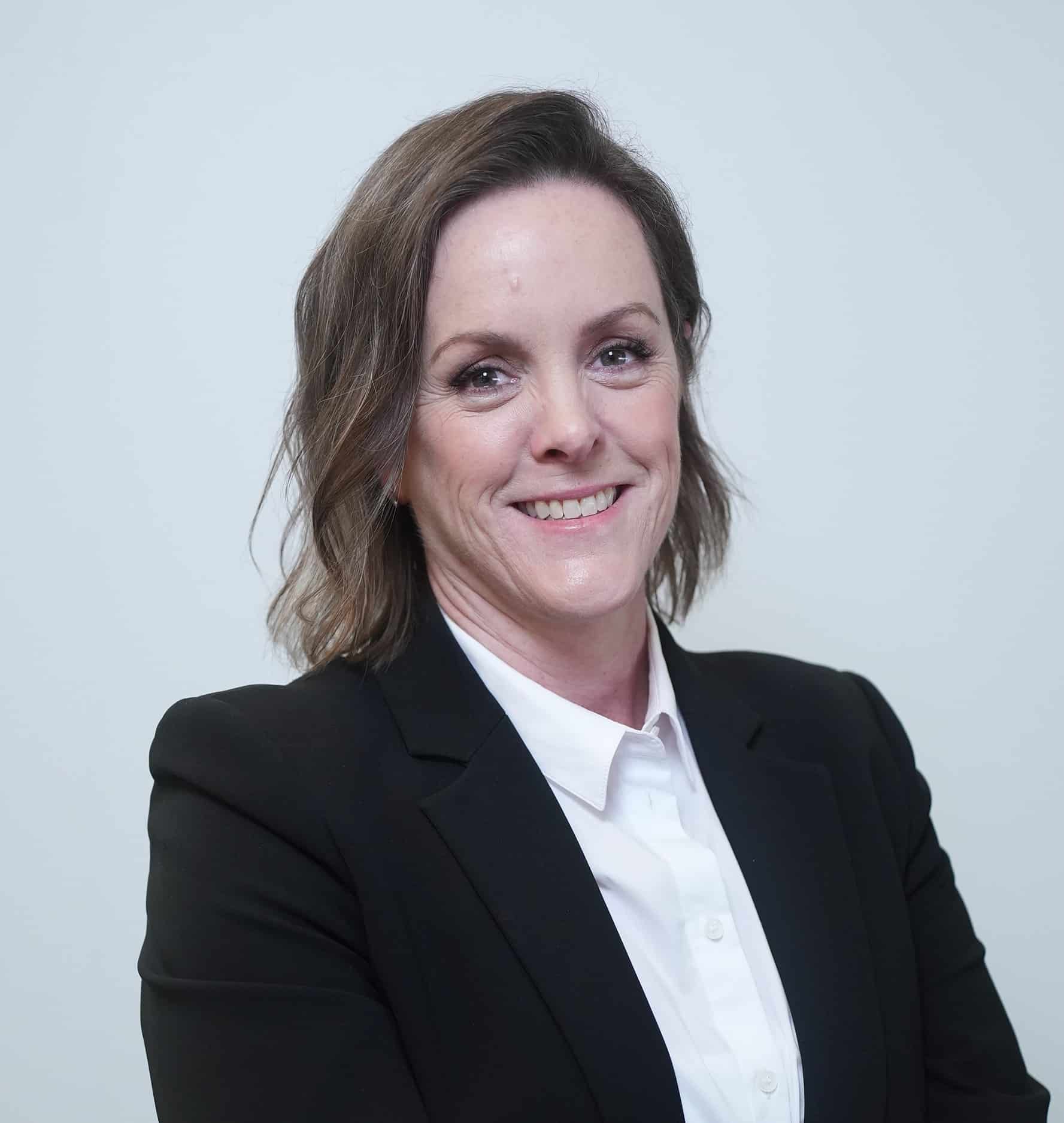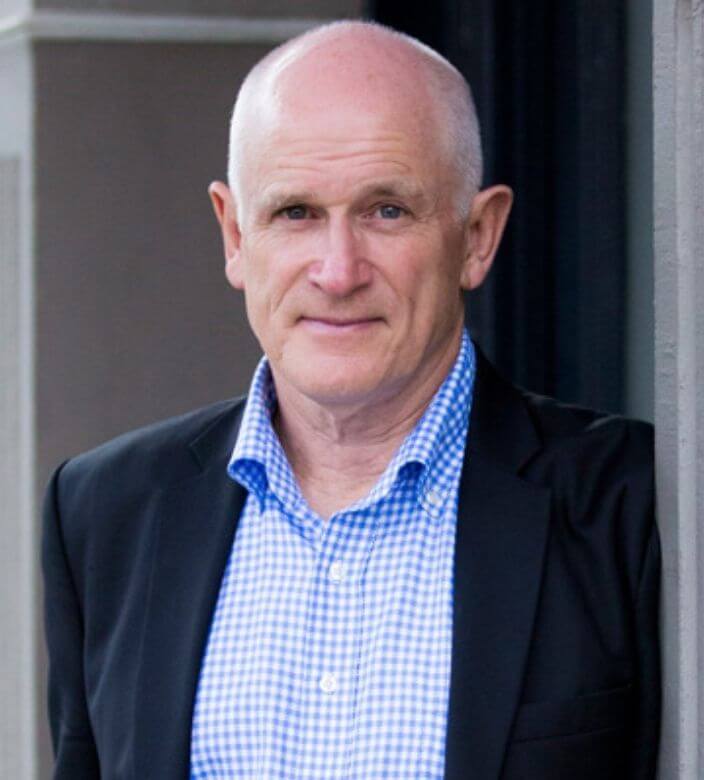How Telstra is integrating cross-functional teams for digital product excellence
Dayle Stevens OAM, Executive of Data & AI at Telstra, shared her perspective on achieving digital product excellence and how organisations can break down silos to create more cohesive and efficient workflows.Dayle Stevens OAM, Executive of Data & AI at Telstra, shared her perspective on achieving digital product excellence and how organisations can break down silos to create more cohesive and efficient workflows.
In a conversation with ADAPT’s Principal Research Analyst Peter Hind, she drew on her experience at Telstra on how to efficiently integrate cross-functional teams and foster a collaborative mindset.
Dayle joins 150 Heads of Digital Transformation, Product and Customer at Digital Edge, discussing digital product excellence, digital experience, and the power of the x-team.
Collaboration is key
Dayle emphasised that digital product excellence hinges on breaking down organisational silos and fostering collaboration across teams.
She highlighted Telstra’s strategic decision to integrate IT, software engineering, data, AI, and product teams, resulting in a more holistic approach to product development and market positioning.
This integration has enabled Telstra to make informed decisions that consider both customer needs and technical feasibility, leading to faster product launches and improved resilience.
Dayle said that digital product excellence is not just about creating digital products but about aligning the entire organisation around the customer experience.
Transparency and trust drive change
Dayle also talked about the importance of transparency and trust in driving organisational change.
She acknowledged that shifting from traditional models of commitment and control to a more collaborative and agile approach can be challenging.
However, Telstra’s journey towards greater transparency has fostered trust and empowered teams to make informed decisions, ultimately leading to better outcomes for customers.
Dayle believes that digital excellence is an ongoing journey of continuous improvement.
By embracing transparency, fostering collaboration, and aligning the organisation around the customer, businesses can navigate the complexities of digital transformation and achieve lasting success.
Key Takeaways:
- Collaboration: Break down silos and foster collaboration across teams.
- Transparency: Embrace transparency to build trust and empower decision-making.
- Customer-centricity: Align the entire organisation around the customer experience.
- Continuous improvement: Digital excellence is an ongoing journey of learning and adaptation.



























